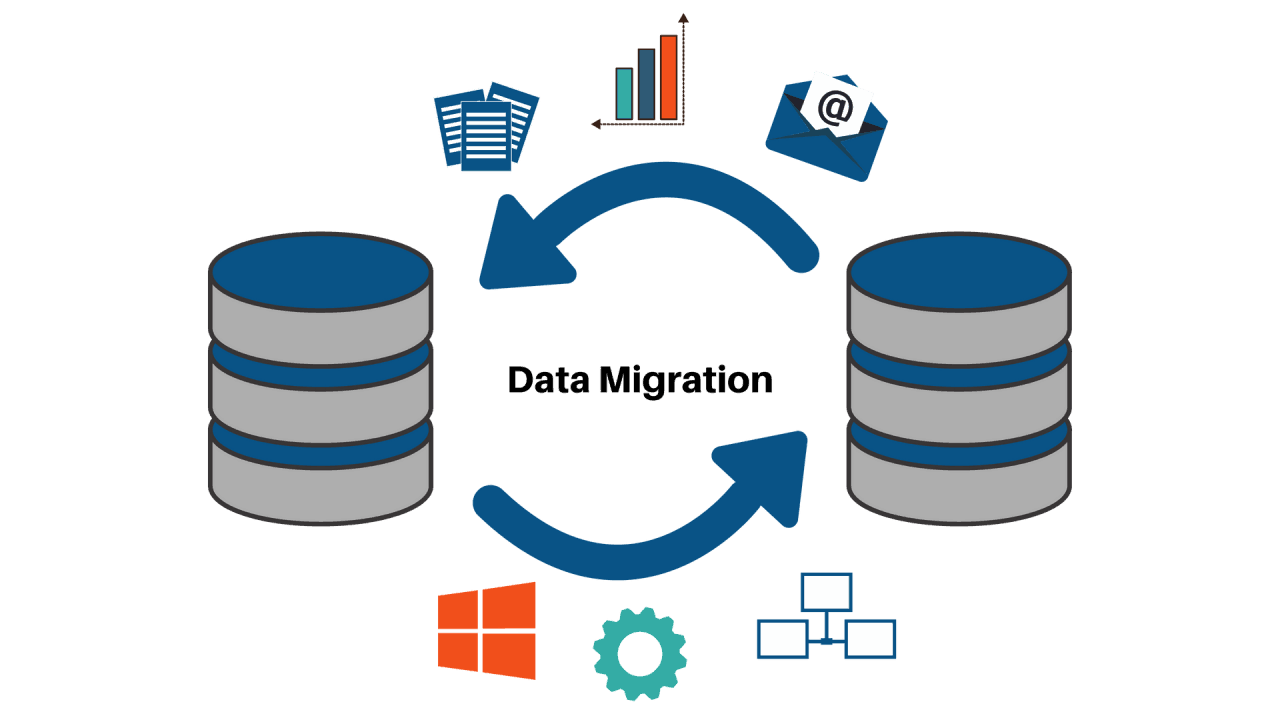Data migration and database testing
What causes data to be corrupt, and how do you fix it?
There are a few different things that can cause data to become corrupt. One of the most common is simply turning off your computer or device without properly shutting down the programs and files you were using. This can cause information to be written incorrectly, or not at all, and can lead to data corruption.
Other causes of data corruption include hardware failures, software bugs, power surges, and even electromagnetic interference. Basically, anything that can interfere with the normal flow of data can cause corruption.
Fortunately, there are a few things you can do to try to fix corrupted data. One is to run a disk repair utility, which can often fix minor problems that have caused data corruption. If that doesn’t work, you may need to try a more drastic measure, such as using data recovery software to attempt to salvage your files. In some cases, however, the only way to fix corrupted data is to restore it from a backup.
So, if you’re ever faced with data that’s been corrupted, don’t panic! There are usually a few different ways to fix the problem. Just be sure to take action as soon as possible, before the corruption spreads and causes even more damage.
Do you have any experience with corrupted data? What caused the corruption, and how did you fix it? Share your story with us.

How does data migration affect regression testing?
As Sheffield organizations increasingly rely on data to make decisions, the need to migrate that data between systems becomes more critical. Data migration is the process of moving data from one system to another, and can be a complex and time-consuming undertaking. One important consideration in any data migration project is how it will affect regression testing.
Regression testing is a type of testing that is used to ensure that changes to a system do not introduce new bugs or cause existing ones to resurface. When data is migrated from one system to another, it can potentially impact the behavior of the system in ways that are not immediately obvious. As a result, it is important to carefully consider how data migration will affect regression testing and accordingly.
There are a few things that can be done to help minimize the impact of data migration on regression testing. First, it is important to have a comprehensive plan for how data will be migrated. The plan should include detailed steps for transferring the data as well as verifying that it has been successfully transferred. Second, it is helpful to have a dedicated team responsible for overseeing the data migration project. This team can work closely with the team responsible for regression testing to ensure that any potential issues are identified and addressed. Finally, it is important to test the migrated data thoroughly before putting it into production. This will help ensure that there are no unexpected problems with the new system.
Data migration can be a complex process, but by taking into account the impact on regression testing, it can be managed effectively by Sheffield businesses. By following these tips, you can ensure that your data migration project goes smoothly and does not cause any regression issues.
What are the basic steps to do database testing?
Database testing is the process of verifying that a database meets its design specifications and performs as expected. The goal of database testing is to ensure that the data in the database is accurate and consistent, and that the system can handle anticipated loads.
There are several basic steps to conducting a database test:
1. Plan your test strategy. Decide which aspects of the database you want to verify, and develop a plan for how you will do so.
2. Create your test data. This data should be representative of the data in the live database, but it doesn’t have to be identical.
3. Run your tests. Verify that the results match your expectations, and correct any errors.
4. Document your test results. Keep a record of what you tested, what you found, and how you corrected any errors.
5. Repeat as necessary. Conduct additional tests to ensure that the database continues to meet its design specifications.
Contact Sheffield Apps if you want to continue the discussion about data migration and database testing.


